Marketing surveys can provide extremely valuable information about your audience. If you’ve ever wondered things like:
“How can I make my coaching sessions more valuable?”
“Where can I find people that need my consultancy services?”
“How can I upsell my existing clients?”
A marketing survey answers all of these questions and more. As long as you do it right.
What is a good marketing survey?

Creating, distributing, and analyzing a good marketing survey is not easy. It’s not just about asking random people rushed questions. To pull it off, you need to have a clear purpose for it, ask specific questions with measurable answers, and present the information you gather engagingly.
So start with the basics.
Decide why you want a marketing survey.
For example, if you sell business development consultancy, you might want a survey to gauge what big corporation acquisition employees you’d target with your marketing. You can also create a survey for your past customers that bought training to understand why your service excels and how you could improve it.
Formulate a purpose for your survey.
And then you can worry about what questions to ask.
Creating good survey questions
To understand what goes into asking the right questions on a survey, you need to have an almost scientific approach. No wonder, considering that surveys come from the scientific community.
So that’s why you should formulate a hypothesis about your audience before asking them any questions. Things like:
- My target audience prefers the time of day they like to receive newsletters.
- My target audience isn’t satisfied with my site design.
- My target audience doesn’t trust my company, so they don’t finalize the checkout process.
- My target audience could be more satisfied with better customer support.
You need to create hypotheses about what your audience may look like or think about when they interact with your business. If you just want to establish a buyer persona, you’ll think about the general aspects more. If you already have a longstanding business and want to improve your processes, you can get more specific.
The hypothesis is there to dictate what you want to find out.
With that clear, questions write themselves. For example, if you want to understand how your audience sees User Experience on your site, you might ask questions about your site’s presentation, ease of navigation, design, or even structure.
Just make sure you create measurable questions. You want to get complex data about what your customers think, not just testimonials or essays about your business. Questions with a scale as an answer work great, just like “yes or no” questions or multiple option questions.
So instead of asking:
“What do you think about our checkout process?”
You’ll ask something like:
“How efficient is our checkout process?”
And then offer a 1-5 or 1-10 scale.

Filtering people that take your survey
Besides asking questions to get complex data, you’ll also need to formulate some filtering questions. For example, you’ll always need an initial query (or a set of initial questions) that either disqualify people that aren’t in your target audience or send them to a different branch of the questionnaire.
For example, you might want only to survey existing customers, but your questionnaire ends up in the hands of regular audience members. In that case, you’ll need to have an initial question clarifying the person’s relationship to your business:
“Have you purchased products from [our company] in the past year?”
It’s a simple example, but due to the nature of survey distribution, you’ll almost always need to filter the people that fill it.
Other than that, you can do more segmentation throughout your survey. For example, you might be evaluating the coaching sessions that you hold in hopes of upselling some customers. Midway through the questionnaire, you can segment those who fill it based on demographics, average schedule, or coaching style preference, so you know what parts of your audience want to upsell.
Getting people to fill out a survey
Survey distribution is not the easiest. Not many people will take 10-20 minutes out of their day to help you get more data about them. So the first thing you need is an incentive. Your audience should get value for filling in your survey.
Considering you already have an online business, this shouldn’t be complicated to find. A discount on your products, a free coaching session, or cheat sheets for the topic you’d consult clients on – all of these are great options for an incentive. But they’re not the only options. Be creative, and think about what your audience will respond to.

Once you have a survey created and an incentive for people to fill it in, share it in your community. If you have a Facebook group, a Discord channel, or a private conversation with your followers, send it there. An email list will probably be your safest bet, but you can send this anywhere as long as your audience sees it.
If you don’t already have a community, this might be harder. You can partner with other brands to share it via their channels or contact a survey company specializing in distributing questionnaires. Just keep in mind that the latter option will be pretty expensive.
You got the data: now what?
If you managed to distribute your survey and got the number of responses you want, it’s time to process that data. If you have experience with analytics, it should be easier, but the analysis is not all you can do with survey results.
Analyzing the data
If you managed to ask the right questions, your results should be pretty self-explanatory. You’ll get a better picture of what your audience is like or what they want. We recommend you corroborate the data from this survey with any other piece of insight you have from the best online marketing tools. This can include Google Analytics, heat maps, or data about your social media followers.
Combining data sets lets you better understand who you’re targeting and how you can better serve them.
Publishing the data
If extra info on your audience is all you want, you can stop after analyzing the survey results. However, acquiring valuable and specific data about your audience like that can benefit your PR and branding.
You can adapt this data into an ebook, infographic, or a simple blog article. As long as it has applicability for other businesses from the same niche as you, it can be picked up with a little bit of link building.
So while customer insights are the most valuable, you can make the most out of your efforts and adapt your survey results to online readers. If this sounds interesting, don’t forget to read about using a marketing assessment as a lead magnet.
In conclusion
Creating a survey might be tricky the first time you do it. But it’s a fantastic asset to have if you want to learn more about your audience and enhance your PR efforts. If this got you interested, you could learn more about running a successful online business by checking out our guide on how consultants use quizzes in their marketing strategy.







